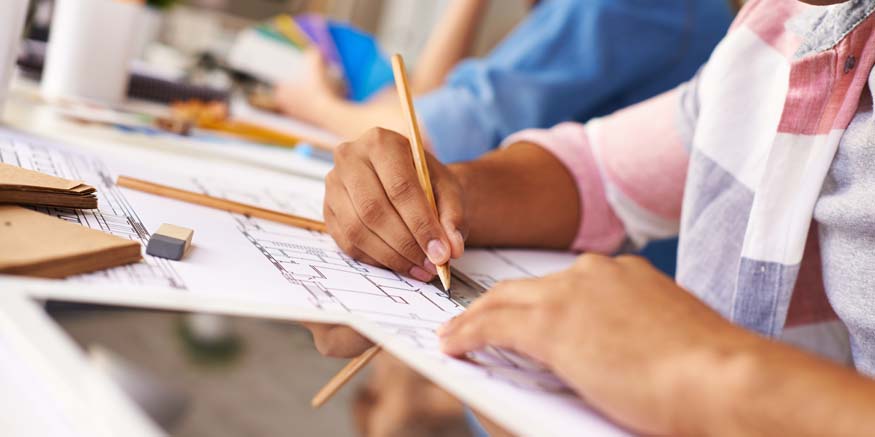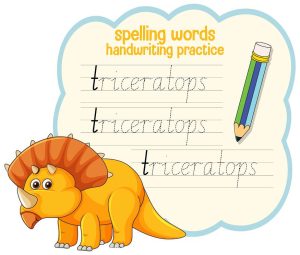Revision Techniques for Students: 10 Best Ways to Revise Concepts

Your child might be showing all sorts of uneasiness while the exams are approaching. Even all-time enthusiastic kids might show symptoms of stress and anxiety before their exams. How do you deal with it effectively with this rather than yelling or shouting at the child? One easy way is to introduce the kid to the magic of revision.
What is the use of revising portions? Is it really necessary? What are the effective revision techniques to foster better results? Let’s look into the answers in detail here.
Importance of revision techniques for students
Revising the portions means re-reading or revisiting the portions you once read or studied. One can write the exam with or without revising the portions. Revising the topics with effective revision techniques can boost the child’s confidence and help reduce exam anxiety. It helps remember the concepts studied some time ago and helps to improve the score. Given below are some advantages of revising concepts effectively.
- Increases retention power:
- Self-assessments:
- Reduces stress and anxiety:
Your child may not be able to recall things which were read only once. Revision techniques can make the child’s brain capable of retrieving the concepts with ease.
Revision strategies help the child to determine the performance level just before the examination.
One major use of revisiting the learned concepts is that it helps to reduce exam stress and anxiety. Revision techniques ensure that the child is better off with the concepts and increase self-confidence.
There exist different revision techniques for students. The child should be able to find the most suitable one for him. Billabong High International School helps your kid attain the same.
Effective revision techniques for students
Effective revision strategies can do wonders for the child’s academic growth. It fosters the self-confidence of the child. Given below are some of the best revision techniques for students.
- Make a revision schedule:
- Using mnemonic devices
- Creating mind maps
- Summarise and simplify
- Practising past papers
- Teach
- Revision cards or Flash Cards
- Group study sessions
- Use different learning resources
- Get adequate rest
Planning by allocating sufficient time for revision is necessary to avoid last-minute cramming. While planning, prepare a revision schedule. Allocate sufficient time for each subject. While making a schedule, don’t forget to give yourself time for rest. Prepare only achievable goals in the schedule.
Mnemonic devices help to remember information with ease. Some mnemonic aids include rhymes, songs, acronyms, and stories. Try to store the key information with these mnemonic devices. This helps to retrieve the information in a fun-filled manner.
Creating mind maps is considered the best revision technique. It is a visual technique and hence creates a photographic image of the concept. It is created by writing the main topic in the center and linking it with the subtopics and branching to the important concepts linked to it. The inclusion of images and figures caters to its effectiveness.
Simplify complex ideas and summarise the concepts. Use visual diagrams, figures, and flow charts to simplify the topic. Pictorial representations help in retaining and simplifying complex ideas.
Practising past question papers is an important revision strategy. It gives you a great understanding of the exam pattern and question types and gives you a chance to practice writing. It gives you a comprehensive idea about how well you can articulate the learned topics in a specific time constraint. It gives you a chance to identify your weaker areas and improve them.
A teacher should have a deeper knowledge of the topic. Let your kid teach the topic to your peers or to yourself. The child will dwell more on the topic to clarify the doubts. This improves and increases the knowledge of the particular topic.
Encourage your child to write important information like dates, names, and definitions on a set of cards. Cards are easy to carry, and the child can retrieve the information wherever he/she goes. Use coloured pens and diagrams to catch the attention and retrieve the information easily and effectively.
Incorporating group study sessions during revision is found to be effective. It creates a platform for the students to discuss and learn the concepts. Some might understand a particular topic more clearly. By discussing child get a deeper understanding of their fellow mate and get a good grasp on the topic. This creates an opportunity for the child to teach.
Confining the child to the textbooks alone might be less interesting for the kid. Seek the help of videos, articles, podcasts, and animation for a better understanding. Ensure that the child is not misusing the technology provided. Healthy usage of different learning resources can reduce the monotonous tone of the study environment.
Taking adequate rest and not stressing too much on exams helps a lot. Getting sleep enhances the memory-retaining capacity of the brain. It helps the child to learn new things with a fresh mind. It also help remember the old concepts effectively.
Learning is essential for a student’s life. Retaining the learned concepts in memory is paramount. Examinations test this skill. Preparing the child for the exam with a stress-free mind helps boost grades. More than upgrading grades, revision strategies help increase the child’s self-confidence. Let us erase the taboo associated with exams.
Billabong High International School ensures that your children face the exams with a smile. We incorporate the revision techniques in the daily classroom environment and help the child learn concepts in an easier way. To learn more about our education approach, contact us today!








